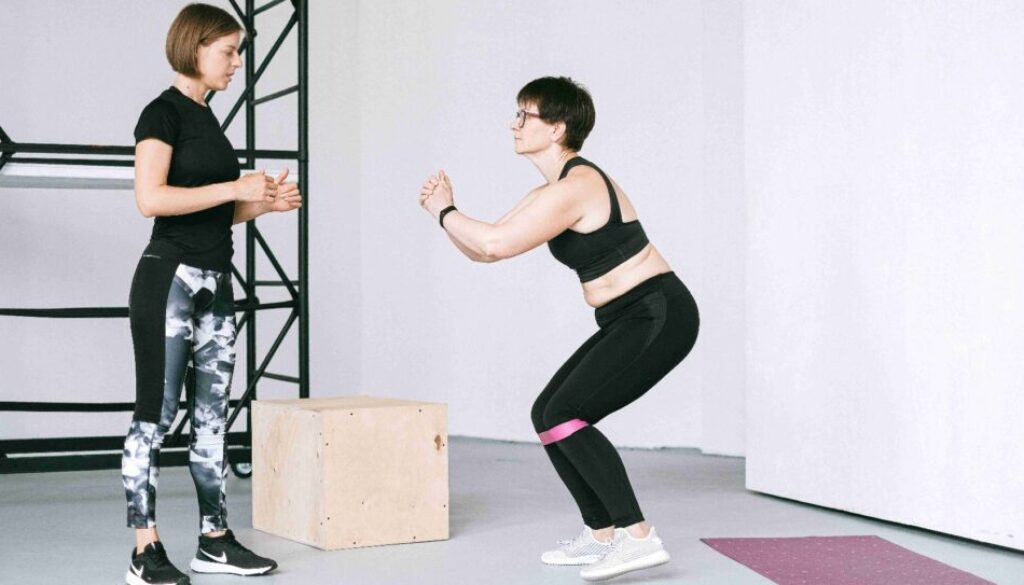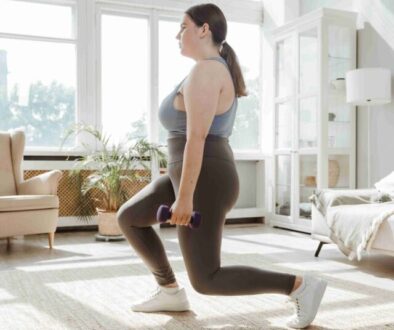5 Spanish Squat Hacks for Explosive Strength: Fit Routine
Transform your leg workouts with Spanish squats! Discover 5 explosive hacks for strength and agility in our ultimate fit routine guide. Dive in now!
Do your leg workouts lack excitement? Are you searching for a game-changer that will take your fitness journey to new heights?
Look no further than the Spanish squat. This dynamic exercise targets multiple muscle groups simultaneously, offering a unique blend of strength and explosiveness. If you’ve hit a plateau in your training or struggle to find exercises that challenge you, mastering the Spanish squat could be the answer you’ve been seeking.
In this guide, we’ll explore the ins and outs of the Spanish squat, uncovering its benefits and offering expert tips to help you maximize your results.
Let’s dive in and revolutionize your leg day routine.
Hack 1: Perfecting Form and Technique
Before diving into the intensity of Spanish squats, it’s crucial to nail down the fundamentals: form and technique. Proper form not only ensures maximum effectiveness but also minimizes the risk of injury.

How to perform Spanish squats correctly?
- Stand with your feet shoulder-width apart and toes slightly pointed outwards.
- Keep your chest up, shoulders back, and core engaged throughout the movement.
- Lower your body by bending your knees and hips, as if sitting back into an imaginary chair.
- Descend until your thighs are parallel to the ground, ensuring your knees track in line with your toes.
- Push through your heels to return to the starting position, squeezing your glutes at the top.
Exercise tips for maintaining proper form
- Focus on your posture:
Keep your chest up, shoulders back, and core engaged throughout the entire movement. This helps maintain stability and prevents your upper body from collapsing forward.
- Mind your knees:
Ensure that your knees track in line with your toes as you lower into the squat. Avoid letting your knees collapse inward or extend past your toes, as this can put undue stress on the joints and increase the risk of injury.
- Control your descent and ascent:
Maintain a slow and controlled pace as you lower into the squat and rise back up. Avoid rushing through the movement or bouncing at the bottom, as this can compromise your form and reduce the effectiveness of the exercise.
Hack 2: Adding Resistance for Progressive Overload
Once you’ve mastered the basic form of Spanish squats, it’s time to ramp up the intensity by adding resistance. Progressive overload is the key to building strength and muscle mass over time, and there are several ways to incorporate it into your Spanish squat routine.
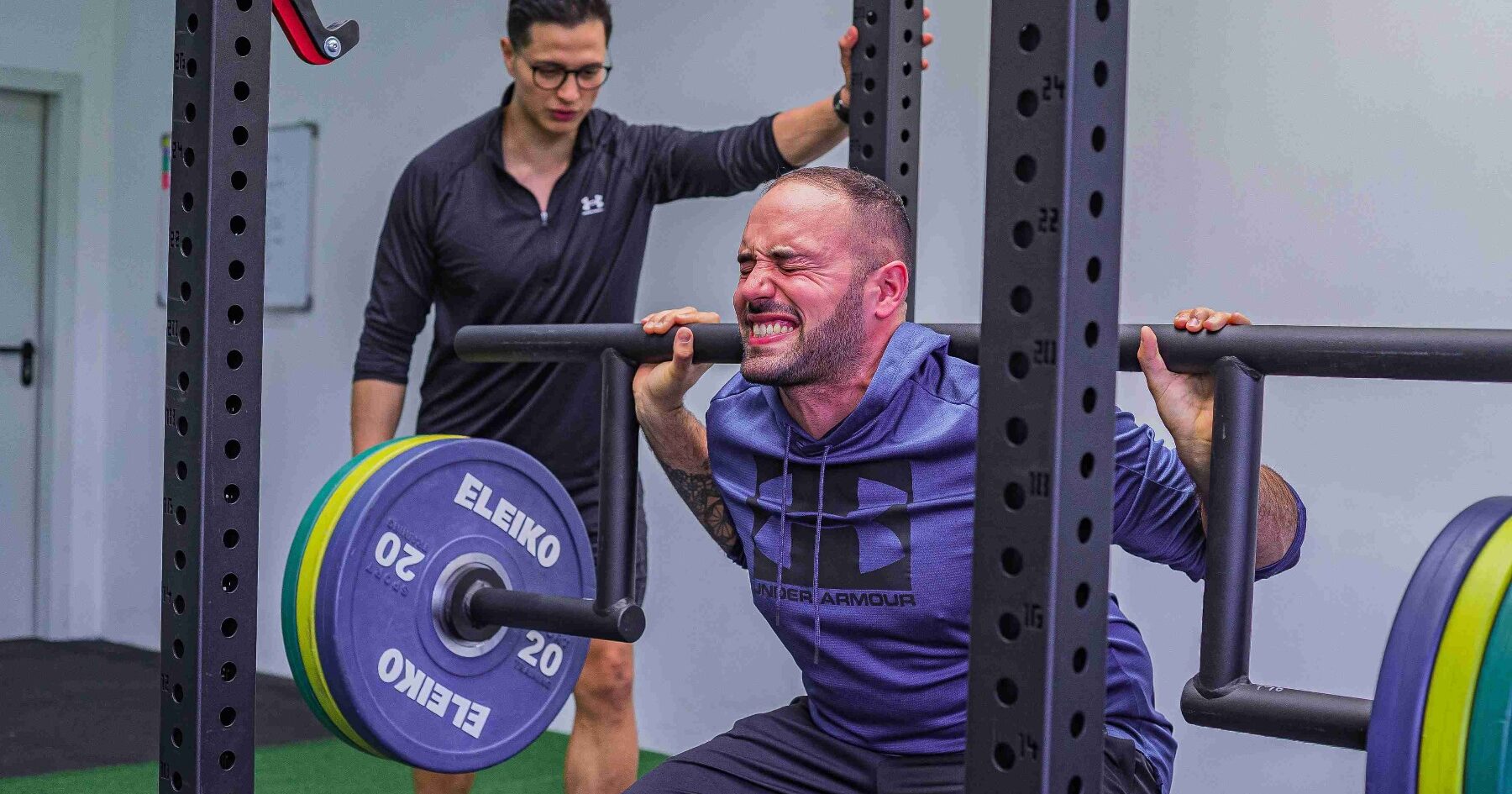
Effective methods to add resistance
- Dumbbells:
Hold a pair of dumbbells at your sides or rest them on your shoulders to add resistance to the movement. Start with lighter weights and gradually increase the load as you become stronger.
- Kettlebells:
Hold a kettlebell in front of your chest or down by your sides as you perform the squat. The offset weight distribution challenges your stability and engages additional muscle groups.
- Resistance Bands:
Loop a resistance band around your thighs or anchor it to a sturdy object behind you to create resistance as you squat. This adds tension throughout the movement, making it more challenging.
How do you choose the right level of resistance?
- Start light, and progress gradually.
- Listen to your body’s feedback.
- Match the resistance to your fitness goals
Experiment with different resistance levels and equipment to find what works best for you. By progressively increasing the resistance over time, you’ll continue to challenge your muscles and see ongoing gains in strength and explosiveness.
Get ready to take your Spanish squats to the next level and unlock your full potential.
Hack 3: Incorporating Plyometric Variations
Ready to take your Spanish squats to the next level?
Plyometric variations add an explosive element to your workouts, enhancing power, agility, and overall athletic performance. Plyometric exercises involve quick, powerful movements that engage the muscles’ stretch-shortening cycle, resulting in rapid muscle contractions and improved force production.
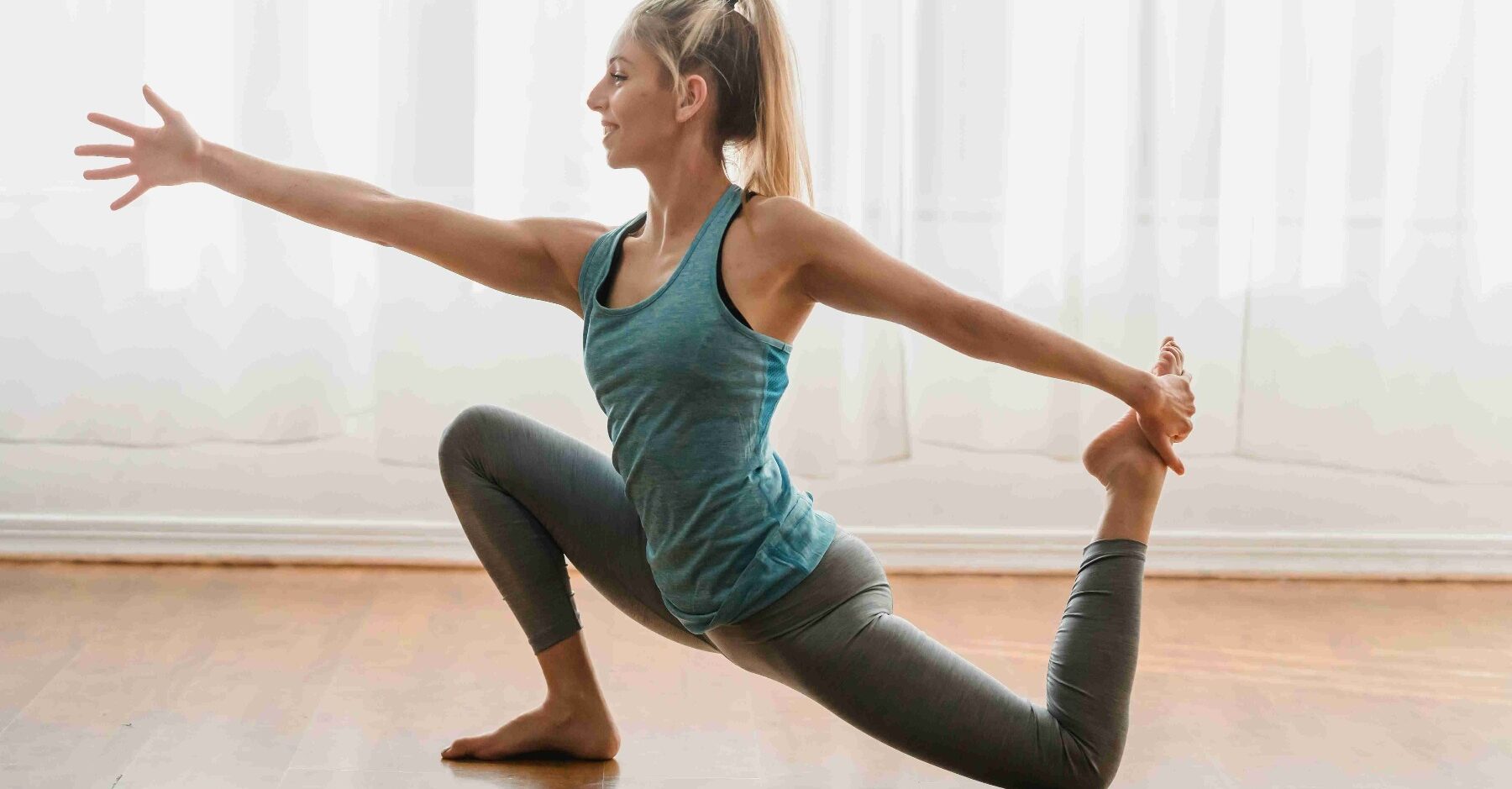
Plyometric variations of the Spanish squat to try
- Jump Squats:
Start in a squat position and explosively jump upward, reaching for the ceiling. Land softly and immediately transition into the next repetition.
- Split Squat Jumps:
Begin in a lunge position with one foot forward and the other foot back. Lower into a lunge, then explosively jump upward, switching legs mid-air. Land softly and repeat on the opposite side.
- Box Jumps:
Stand facing a sturdy box or platform. Squat down, then explosively jump onto the box, landing softly with both feet. Step or jump back down and repeat.
Incorporate these plyometric variations into your Spanish squat routine to boost explosiveness, agility, and lower body strength. Start with low reps and gradually increase as you build power and confidence. Get ready to elevate your workouts and unlock your full athletic potential with plyometric Spanish squats.
Safety guidelines for Plyometric workouts
- Start with a proper warm-up to prepare your muscles and joints for the intensity of plyometric exercises.
- Focus on landing softly and absorbing the impact with bent knees to reduce stress on your joints.
- Gradually increase the intensity and volume of plyometric exercises over time to avoid overtraining and injury.
- Ensure adequate rest between plyometric workouts to allow for muscle recovery and adaptation.
- Listen to your body and modify or scale back exercises if you experience pain or discomfort.
Hack 4: Tempo Training for Muscle Activation
Tempo training adds a new dimension to your Spanish squat routine by manipulating the speed at which you perform each repetition. By controlling the tempo, you can enhance muscle activation, improve strength gains, and boost overall workout effectiveness.
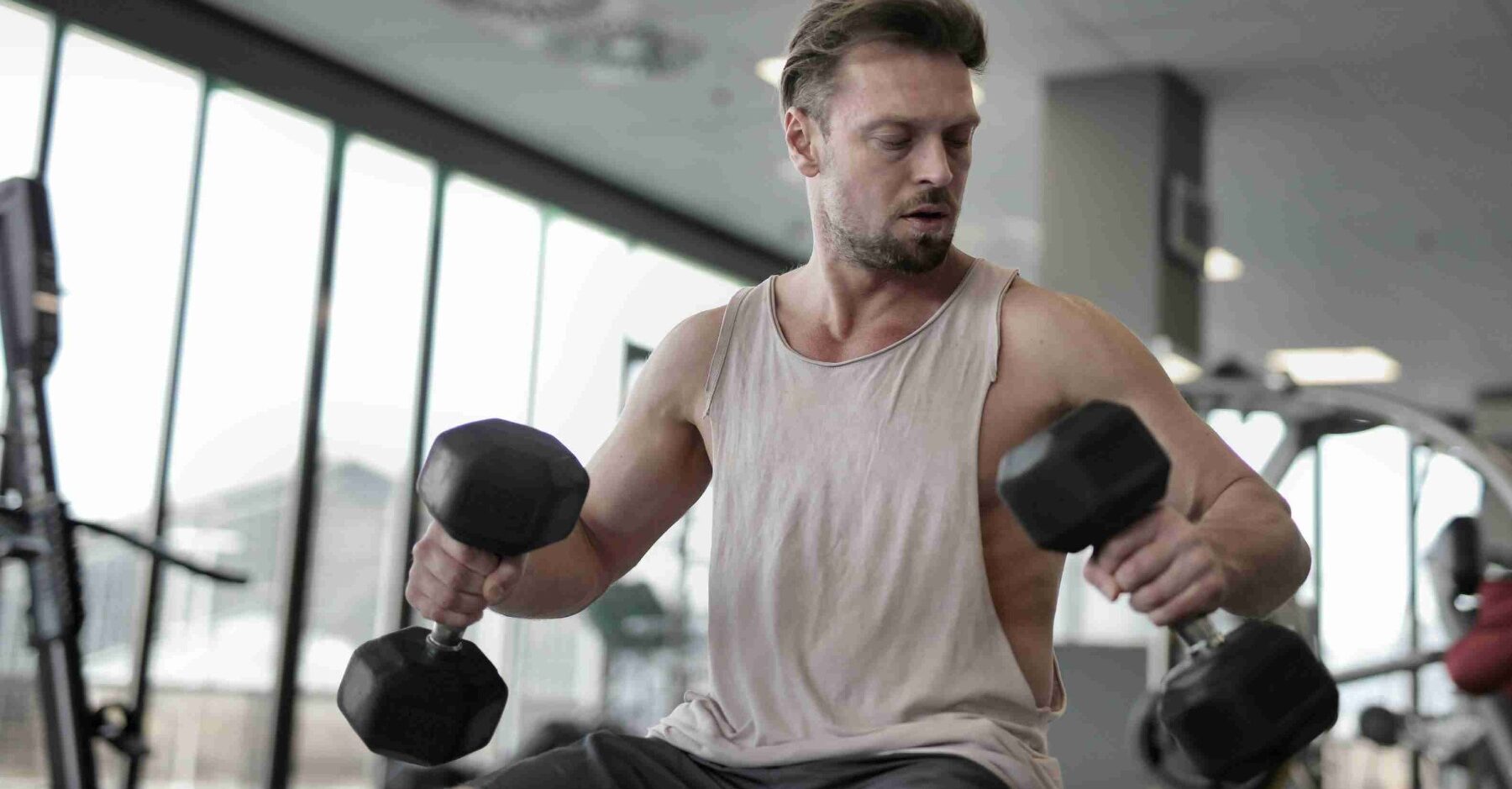
How to incorporate tempo training into your Spanish squats?
- Slow Eccentric Phase:
Lower yourself into the squat position slowly and with control, focusing on the eccentric contraction of the muscles. This increases time under tension and promotes muscle growth.
- Explosive Concentric Phase:
Drive upward explosively as you return to the starting position, emphasizing the concentric contraction of the muscles. This rapid movement enhances power and explosiveness.
- Paused Reps:
Introduce pauses at various points during the squat, such as at the bottom or halfway through the movement. This challenges stability and increases muscle engagement.
Experiment with different tempos and rep schemes to find what works best for your goals and fitness level. Whether you’re aiming for muscle hypertrophy, strength, or endurance, tempo training can take your Spanish squats to the next level and unlock new gains.
Benefits of Tempo Training
Here are the advantages of integrating tempo training with Spanish Squats.
- Enhances muscle activation and engagement for greater strength gains.
- Increases time under tension, promoting muscle growth and hypertrophy.
- Improves control, stability, and proprioception during the squat movement.
- Enhances power and explosiveness through focused concentric contractions.
- Provides variety and challenges to keep workouts fresh and effective.
Hack 5: Integrating Mobility and Stability Drills
Mobility and stability are essential components of functional movement and overall fitness. Integrating specific drills into your Spanish squat routine can improve flexibility, range of motion, and joint stability, leading to better performance and reduced risk of injury.
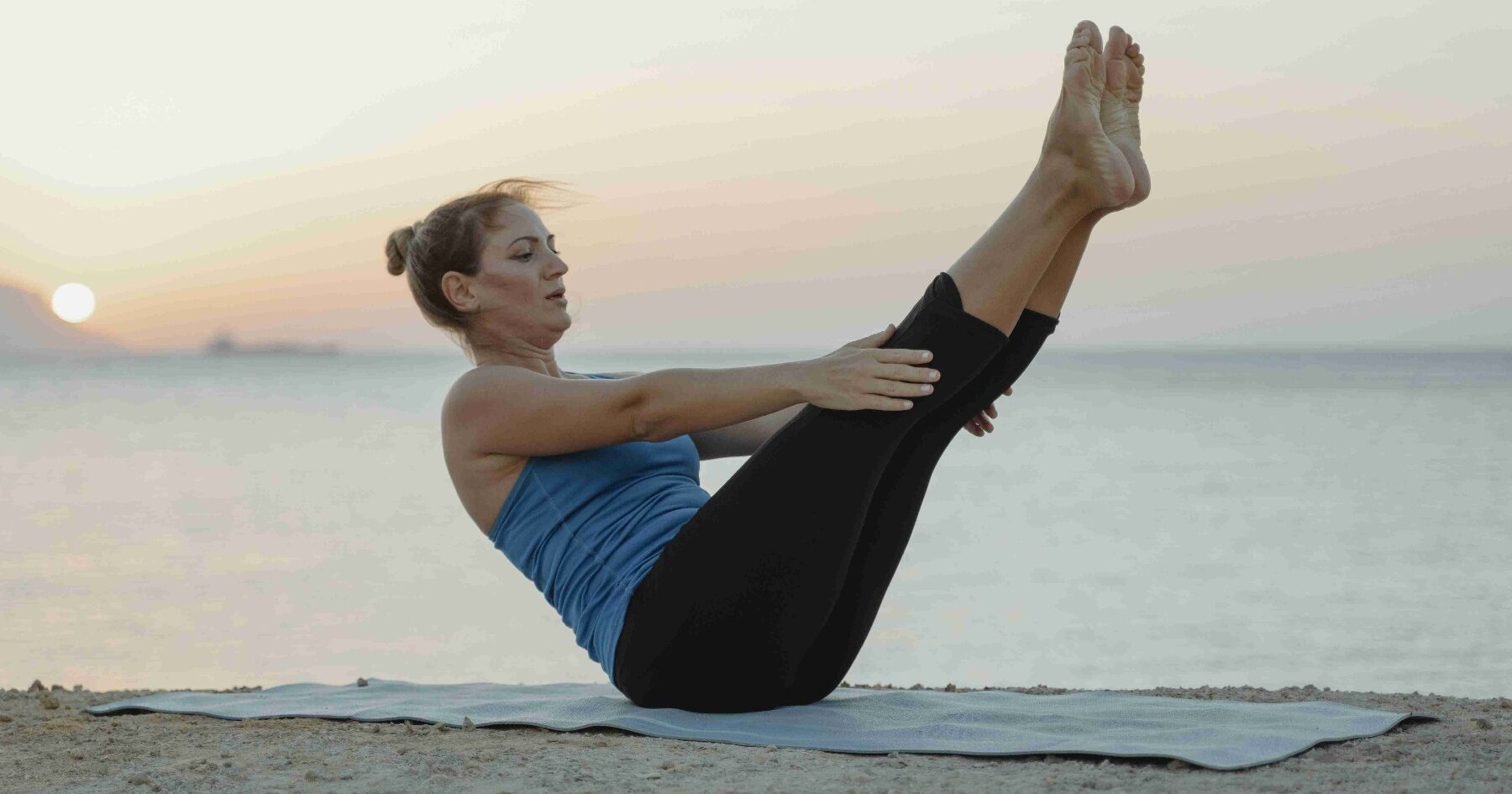
Drills to incorporate
It is recommended that the following drills be incorporated.
- Hip Mobility Exercises:
Perform dynamic stretches and mobility drills to improve hip flexibility, such as hip circles, leg swings, and hip flexor stretches.
- Ankle Mobility Drills:
Strengthen and mobilize the ankles with exercises like ankle circles, calf raises, and ankle dorsiflexion stretches.
- Core Stability Work:
Engage the core muscles to enhance stability and balance during Spanish squats. Planks, bird dogs, and Russian twists are excellent options.
- Balance Training:
Challenge your balance and proprioception with single-leg exercises like single-leg deadlifts, pistol squats, and stability ball squats.
Incorporate these mobility and stability drills into your warm-up or cooldown routine to optimize your Spanish squat workouts. By improving your mobility and stability, you’ll not only enhance your performance but also reduce the risk of injuries, allowing you to train harder and smarter.
Overview
Finally, Spanish squats offer a dynamic and effective way to strengthen your lower body and improve explosiveness in your workouts. By incorporating the five hacks outlined in this guide, you can take your Spanish squat routine to new heights. Whether you’re a beginner or a seasoned athlete, these strategies will help you achieve your fitness goals safely and effectively.
With Spanish squats, you’ll elevate your workouts and reach your full potential.
Don’t wait any longer!
Let us know how the hack works for you when you try it.
